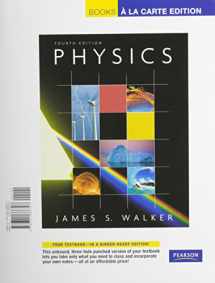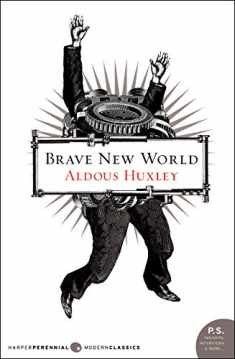
Discovering the Twentieth-Century World: A Look at the Evidence
Book details
Summary
Description
This primary source reader for the 20th-Century World course includes the latest scholarship in 20th-century history. Covering topics ranging from women's suffrage to the Suez Crisis, this text presents a balanced cultural approach within a chronicle of historical events and evidence, thereby promoting critical thinking, sharpening analytical skills, and building student interest. The text's unique, multi-part pedagogical framework guides students through the process of historical inquiry and exploration. Each chapter is organized by "The Problem," "Background," "The Method," "The Evidence," "Questions to Consider," and the "Epilogue." Diverse primary source materials include documents, maps, art, city plans, and statistical data that allow students to analyze events as a historian would. At the end of each chapter, the central theme, or "problem," is tied to contemporary issues.


We would LOVE it if you could help us and other readers by reviewing the book
Book review





